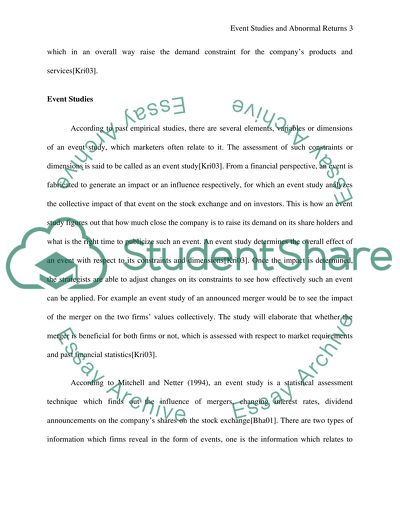Cite this document
(“Literature Review: Event Studies and Abnormal Returns review”, n.d.)
Retrieved from https://studentshare.org/finance-accounting/1401319-literature-review-event-studies-and-abnormal
Retrieved from https://studentshare.org/finance-accounting/1401319-literature-review-event-studies-and-abnormal
(Literature Review: Event Studies and Abnormal Returns Review)
https://studentshare.org/finance-accounting/1401319-literature-review-event-studies-and-abnormal.
https://studentshare.org/finance-accounting/1401319-literature-review-event-studies-and-abnormal.
“Literature Review: Event Studies and Abnormal Returns Review”, n.d. https://studentshare.org/finance-accounting/1401319-literature-review-event-studies-and-abnormal.


